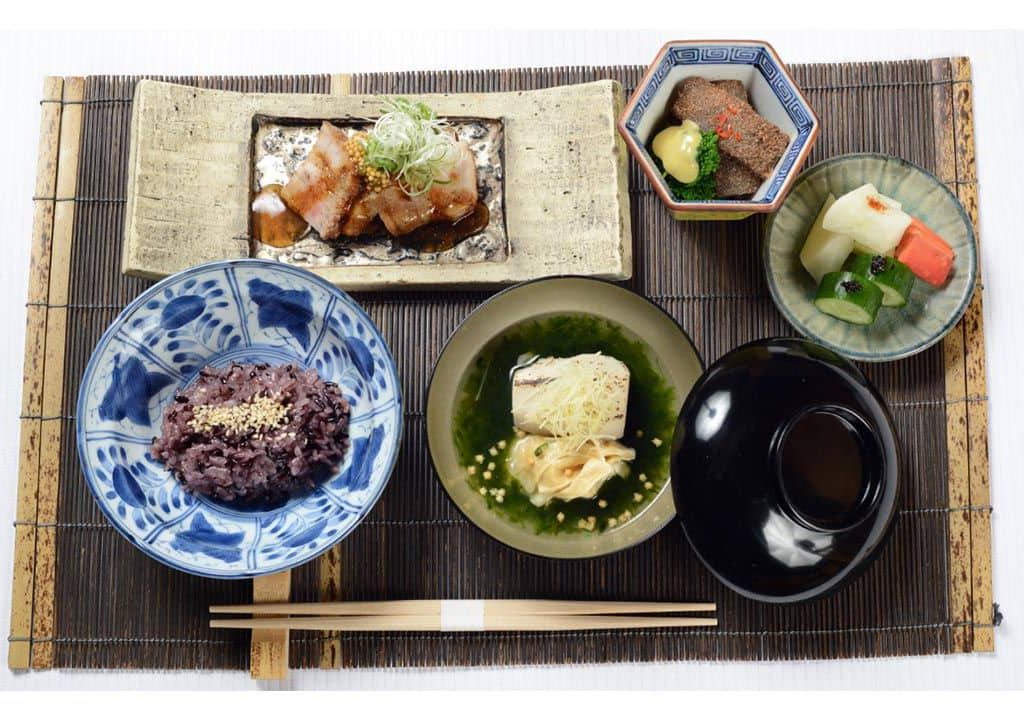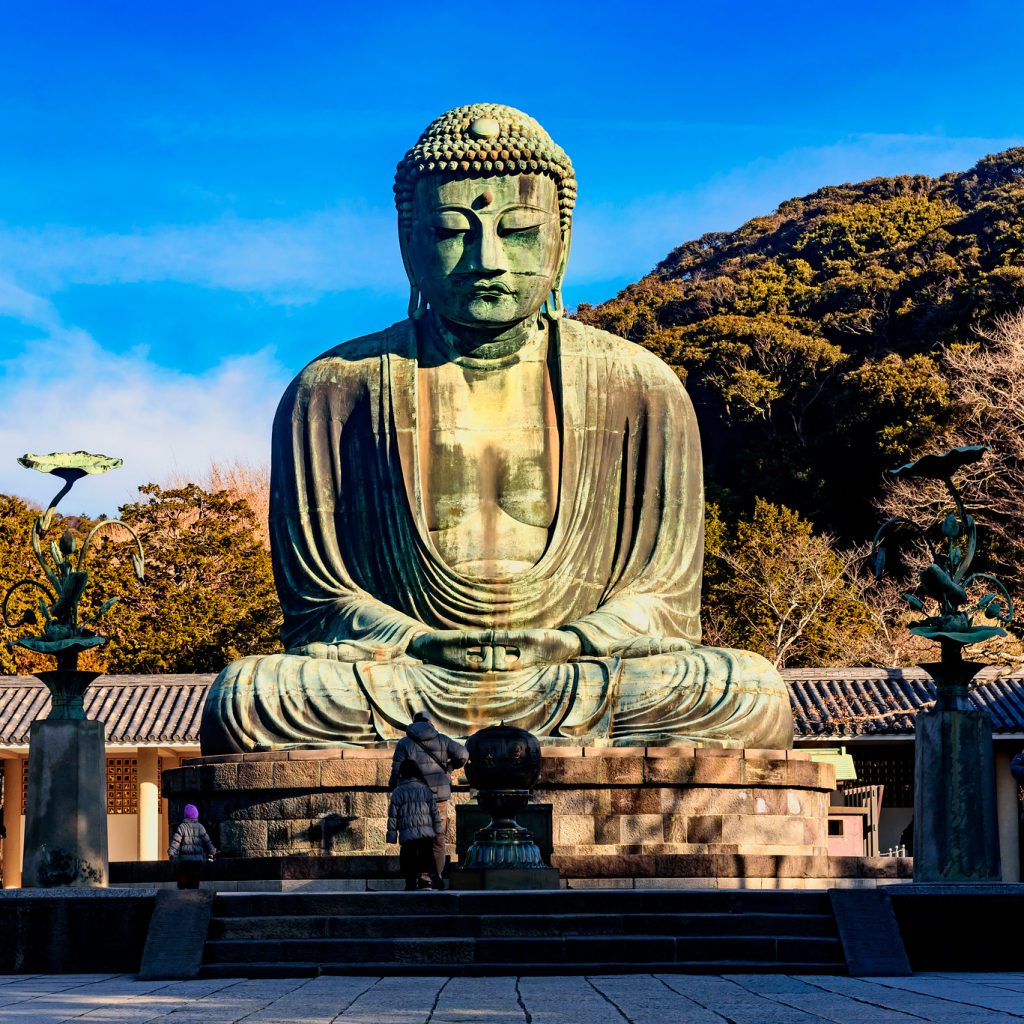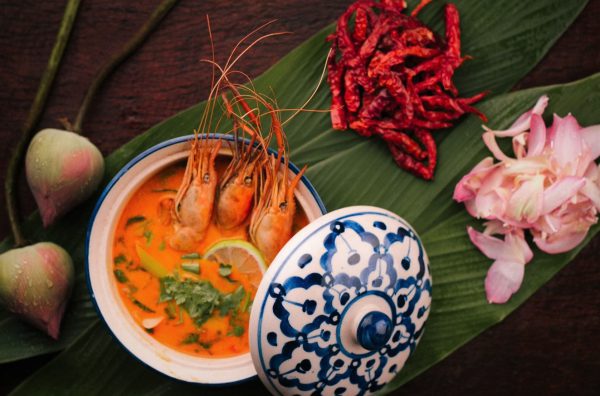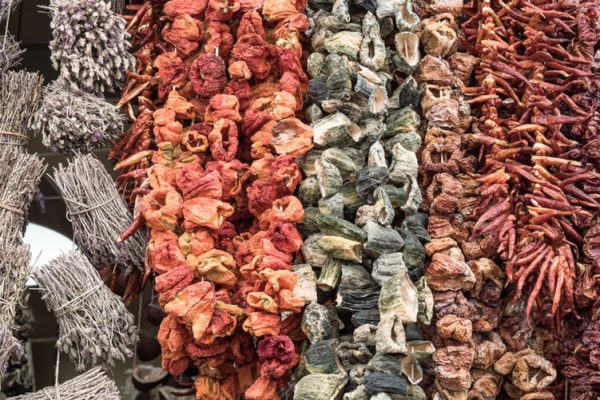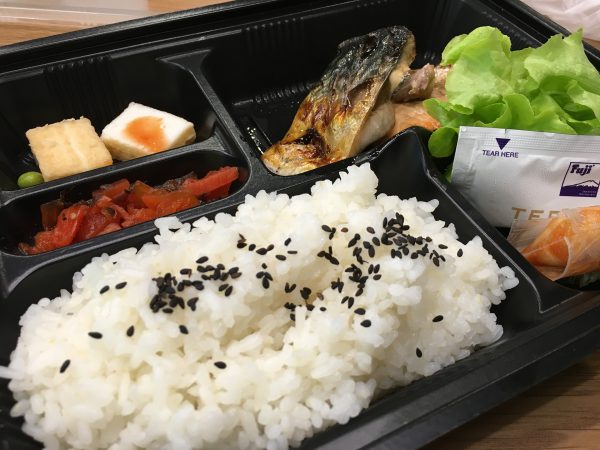Last Updated on April 06, 2023
Japan is a captivating culture where ancient traditions seamlessly intertwine with contemporary innovation, cutting-edge technology, and arts. The bustling streets of Tokyo, the tranquil temples of Kyoto, and the vibrant street food scene in Osaka all add to the country’s rich culture.
Its unique combination of traditional and modern elements makes Japan an intriguing destination to explore, especially for its rich food experiences. Whether savoring the flavors of a traditional tea ceremony or indulging in the latest culinary creations, you’ll experience a feast for all the senses.
In this post, we’re shedding light on why the Japanese food scene is mesmerizing for outsiders and sharing the must-have food experiences to indulge yourself in when visiting the Land of the Rising Sun. Let’s begin!
What Makes Japanese Food So Interesting?
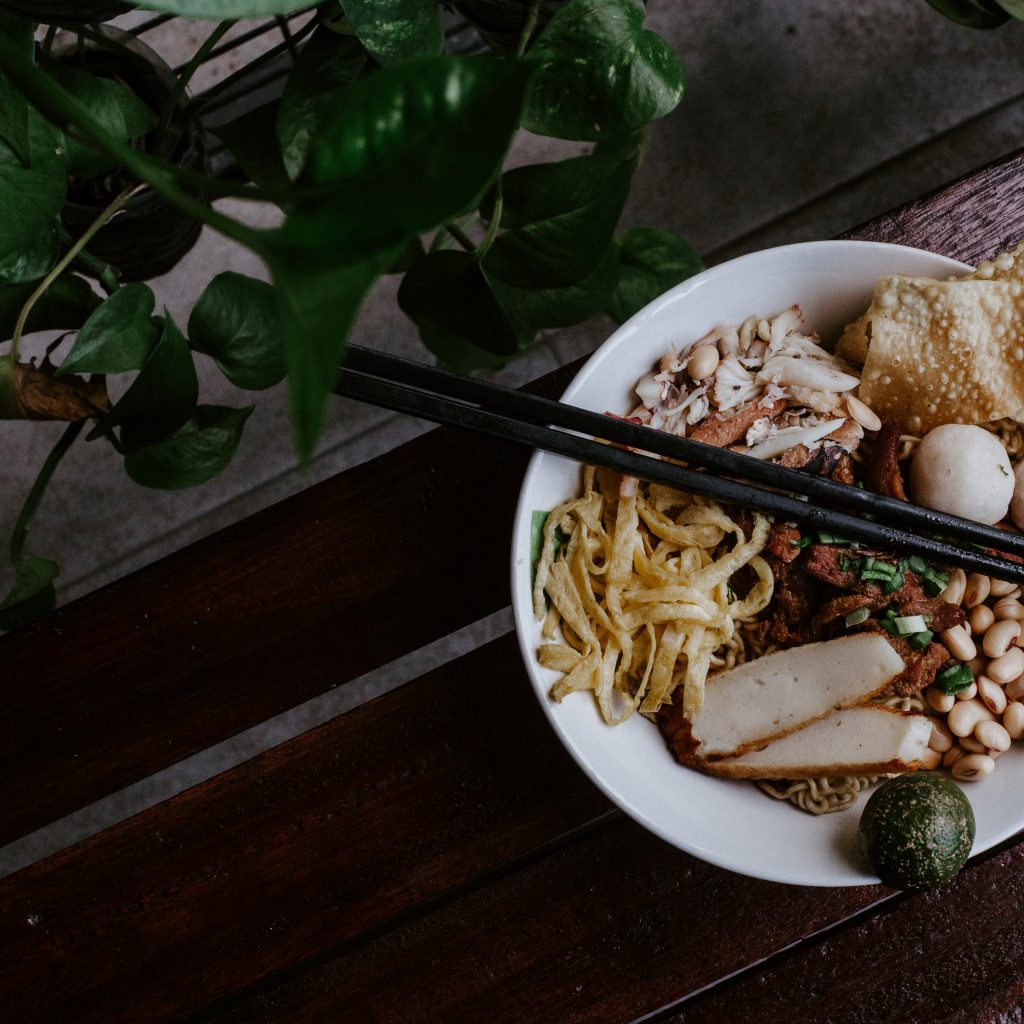
Japanese food stands out in the world of cuisines, with a reputation for being both delicious and high-quality. In fact, Japanese restaurants are the ones to receive the most Michelin stars, which is a testament to their excellence.
The cuisine has a rich history that has evolved over time, influenced by both political and social changes. This has resulted in a truly unique style of cooking and seasoning that sets its cuisine apart from the rest.
The Ingredients: Quality over Quantity
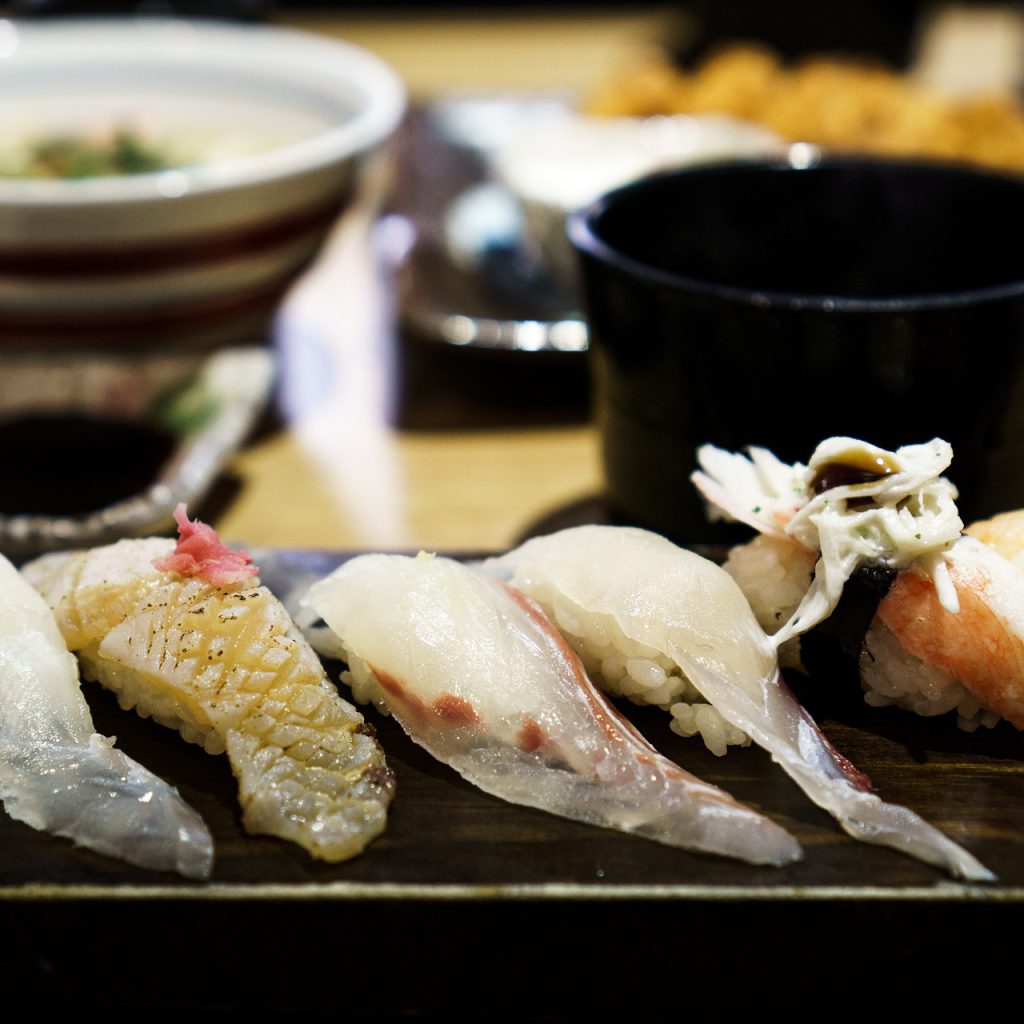
Japanese cuisine heavily relies on rice, meat, vegetables, and fish. Japanese chefs place a strong emphasis on both the quality of the food and its presentation. This is why most Japanese people are often disappointed with the food quality when they consume Japanese food outside their country.
The art of Japanese cuisine shines particularly bright in its use of raw food, particularly in dishes like sushi, where even the slightest error can be detected. This is because there’s no cooking, seasoning, or masking of poor-quality ingredients. Hence, the selection of fresh, top-notch ingredients is vital.
The dedication to quality is also evident in sashimi, a thinly sliced raw fish. Sashimi chefs work with a knife they sharpen diligently every day. The care put into choosing the top quality ingredients and treating them with the utmost respect is what sets Japanese cuisine apart.
The Birthplace of Umami
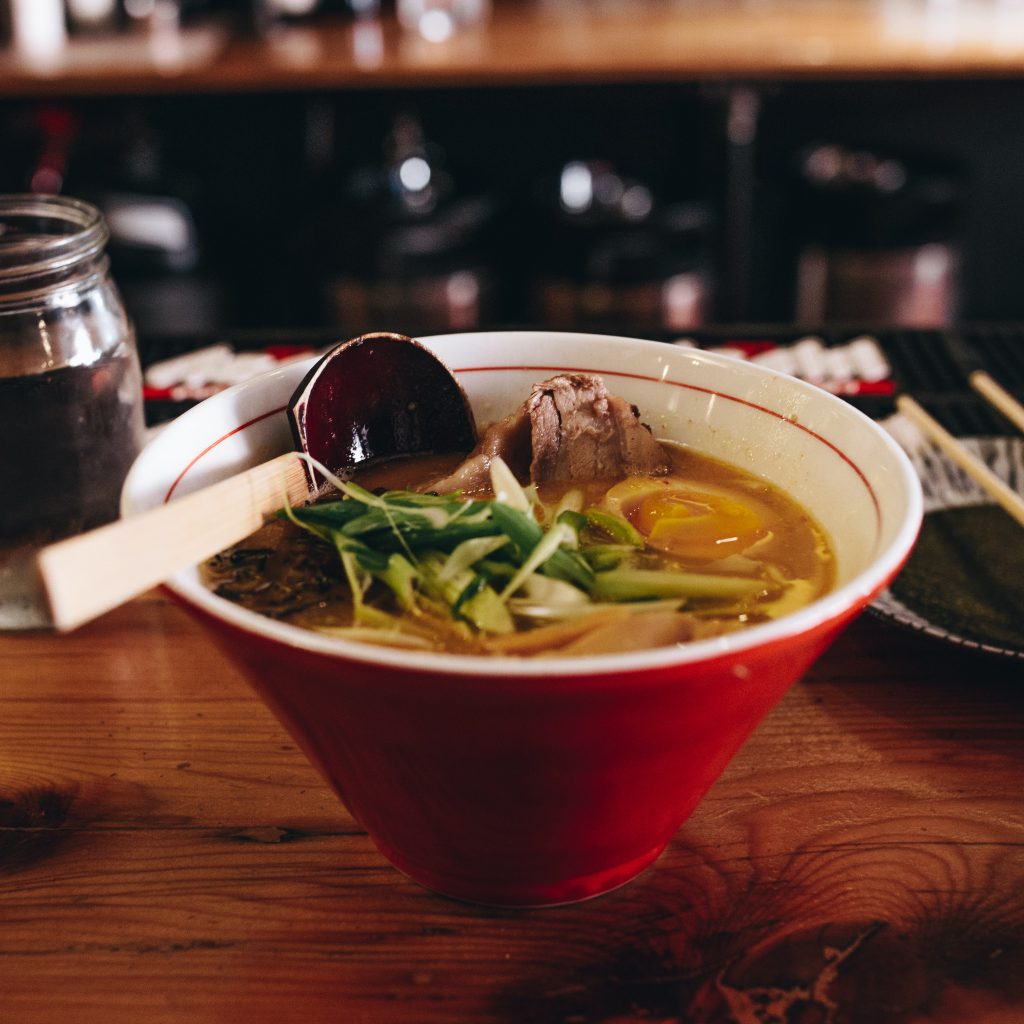
Almost everyone enjoys the rich, savory flavor found in soups, stews, aged parmesan cheese, and slow-cured ham. These foods share a common characteristic – they all contain umami. For centuries, since Aristotle’s times, Westerners assumed sweet, salty, bitter, and sour were the only basic tastes.
This opinion lasted until the beginning of the 19th century, when Dr. Kikunae Ikeda, a chemist from Tokyo Imperial University, started thinking about soup almost obsessively.
Dr. Kikunae believed that dashi, the traditional Japanese clear broth, contained a unique flavor that should’ve been recognized as a separate basic taste, as it couldn’t be created through a combination of the other four basic tastes. He was right. Years after his claims, scientists discovered the umami receptors in our tongues at the beginning of 2000.
Our predilection for umami is obvious, from the Romans’ obsession with balsamic vinegar to Americans’ love for ketchup. However, no single dish embodies umami as fully as the deceptively simple Japanese dashi soup. It goes in almost every trademark Japanese dish like miso soup, nitsuke, hot pots, nimono, and noodles like soba, udon, and somen.
The high concentration of umami in fermented soy products is another reason why it was discovered in Japan. In fact, the word “umami” itself originates from the Japanese language, which emphasizes the significance of this taste in Japanese cuisine.
The word is derived from “umai,” meaning delicious, and “mi,” meaning essence, essential nature, or taste in Japanese.
With its rich and diverse culinary history, Japan offers a wealth of gastronomic experiences that are sure to leave a lasting impression. Now, let’s dive into some of the must-try food experiences you should have while in Japan.
Some Must-Try Food Experiences in Japan
Sake Tasting Workshop at Kokoromi Standing Bar
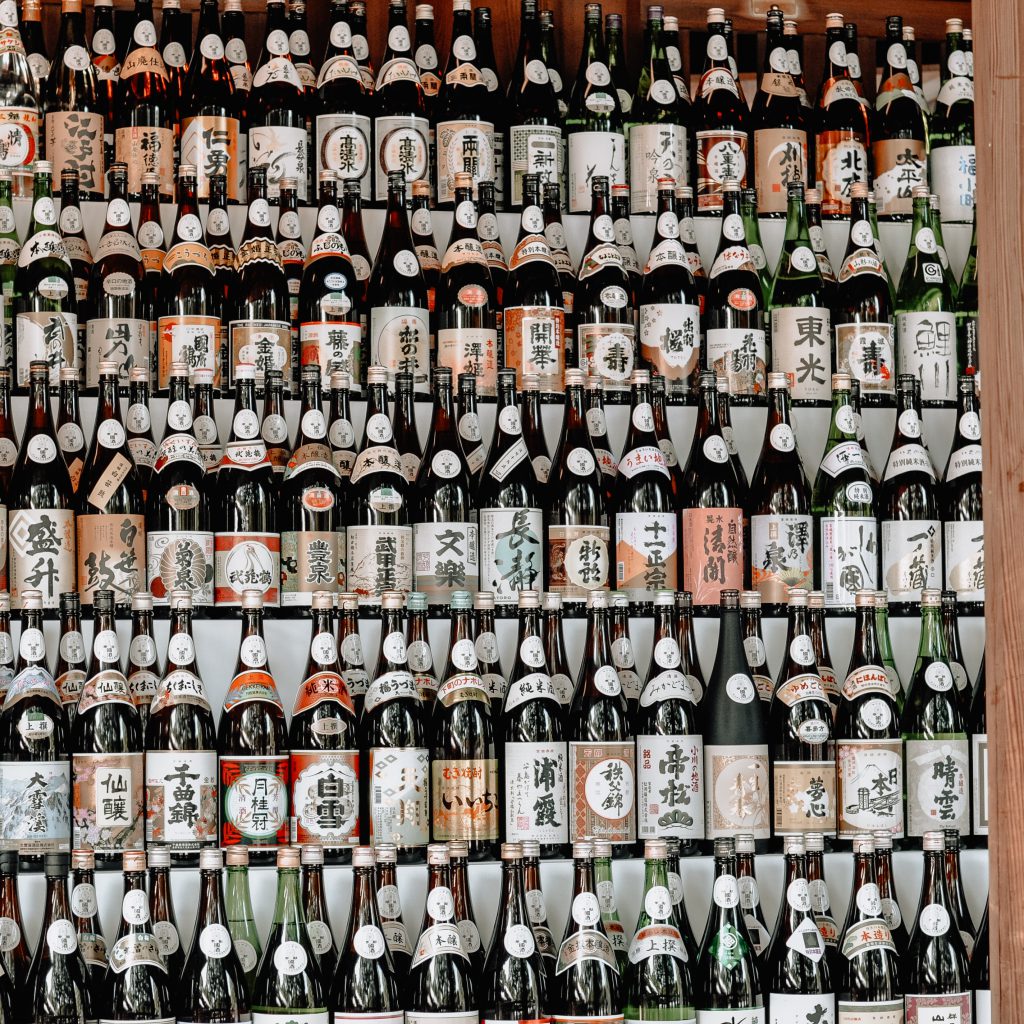
Sake is a traditional Japanese alcoholic beverage that is often referred to as “rice wine,” even though it’s actually brewed like beer, using rice, yeast, water, and koji.
A visit to Japan should definitely include savoring the country’s signature drink, sake. However, if you’re not an avid sake drinker, it may be difficult to know where to start.
When ordering, if you ask for a glass of sake, the waiter will need more information because sake is used as a general term for all alcoholic drinks, including beer, wine, whisky, shochu, and others in Japanese. The word you need to order a glass of rice wine is nihonshu, which means “Japanese alcohol.” For simplicity’s sake (no pun intended), we’ll stick with the word sake here.
Sake is a complex beverage with a variety of styles and grades that depend on the type of rice used, its polishing process, and brewing methods. To understand the essence of sake, you’ll need to take a deep dive into the topic, but if you’re just starting, this sake-tasting event is a great place to begin where you’ll get to learn about the basics, including the different categories of sake such as junmai, honjozo, ginjo, and more.
Hands-On Cooking Class in Fukuoka
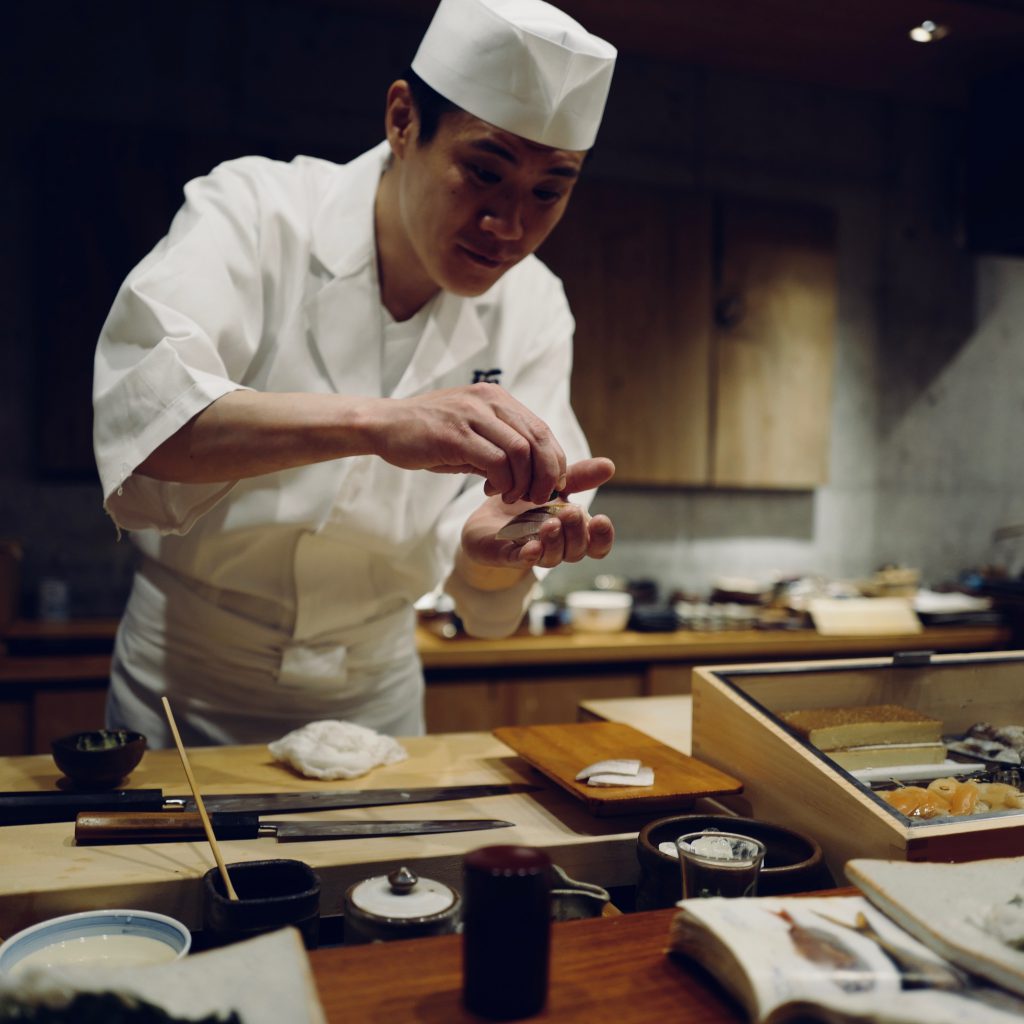
The shortest way to real learning is through an expert who has real-world experience and can offer valuable insights that can only come from having been “over the mountain”.
Attending a Japanese cooking class with an experienced chef is the perfect opportunity to acquire not only knowledge but also wisdom in the art of Japanese cuisine. In this cooking class in Fukuoka, Chef Chieko will walk you through making tempura (crispy seafood), tonkatsu (deep-fried pork cutlets), or temari sushi (small and ball-shaped sushi). The menu is flexible, so if there’s a dish you’ve wanted to try your hands on, just let them know!
You’ll learn a lot from Chef Chieko’s valuable insights. And while wisdom cannot be learned directly, some of it may rub off on you.
Cook Japanese Classic Meal With Passionate Trilingual Instructor in Nagoya
Ichiju-sansai, a phrase meaning “one soup, three sides,” is a cornerstone of traditional Japanese meal construction. Rather than limiting one’s diet with restrictive eating rules, Ichiju-sansai functions as a flexible approach to healthy eating, incorporating a variety of ingredients, including vegetables, meats, and seasonings. This concept allows Japanese people to enjoy their favorite dishes while prioritizing nourishment and well-being.
The soup is typically a version of miso soup, while the three accompanying side dishes are usually composed of a dish centered around protein and two vegetable-based dishes. The single-serving portions of ichiju-sansai way of dining let you enjoy all the foods you love. Nothing is necessarily off-limits, as long as you don’t overindulge yourself with them.
Ichiju-sansai’s concept of single-serving portions also encourages responsible and mindful eating. While it allows you to enjoy your favorite foods, such as fried chicken or a creamy soup, it does so as part of a balanced diet rather than as a guilty pleasure.
We can’t live forever, but the goal is to grow old gracefully, and Japanese culture obviously has some precious insights on that matter. In this cooking class, you’ll learn to create your own ichiju-sansai menu and prepare healthy and tasty dishes with Japanese cooking methods that offer valuable insights into healthy aging.
Before the class, you will have the opportunity to accompany Chef Lino to a local food market, where you’ll pick the ingredients you’ll use in your cooking. The entire experience is a must-attend for anyone visiting Nagoya, offering full immersion into the culinary world.
Character Lunch Box Cooking at Animation “Slam Dunk” Pilgrimage

By katachiware
Manga, a form of Japanese comic book, has a significant global following and is deeply rooted in Japanese culture. It permeates daily life, from statues and landmarks dedicated to manga culture to manga-themed products, and provides a glimpse into various aspects of Japanese culture, such as language, art, customs, mythology, and food.
One such example is the lunch box or bento, a single-serving, packed meal. The artistic creation of character bento, or kyaraben, takes inspiration from anime, manga, video games, and other pop culture references. These intricately designed meals often feature beloved characters, made by carefully shaping rice and using seaweed to form eyes and other features that bring the food to life.
In this particular cooking class, you’ll create edible characters from the anime Slam Dunk, a basketball manga series adapted into an anime series later on. It’s the seventh best-selling manga series in history. If you’re already a fan, this cooking class is right up your alley. And if you’re not, it’s always fun to learn how you can shape the ingredients to make fun out of lunch.
Learn to Make Great Buddha Bread in the Temple Town of Kamakura
The city of Kamakura is an important place in the history of Buddhism in Japan. There is a whole period named after the city, during which new Buddhist movements emerged, including Kamakura Buddhism, Pure Land, Zen, and Nichiren. These movements eventually became the dominant schools of Buddhism in Japan.
Today, Kamakura remains an important Buddhist center in Japan, and the city’s temples and shrines are popular tourist attractions.
One unique event that takes place in Kamakura is a bread-baking event held in a Buddhist temple. You’ll learn about the significance of food in Buddhist practice and then bake bread using traditional Japanese ingredients like matcha and adzuki beans. You’ll learn the basics of baking, have conversations on Buddhist practices, and savor self-made buddha bread at the end of the day.
Local Home Visit Semi-Private Tea Ceremony at Authentic Tea Room
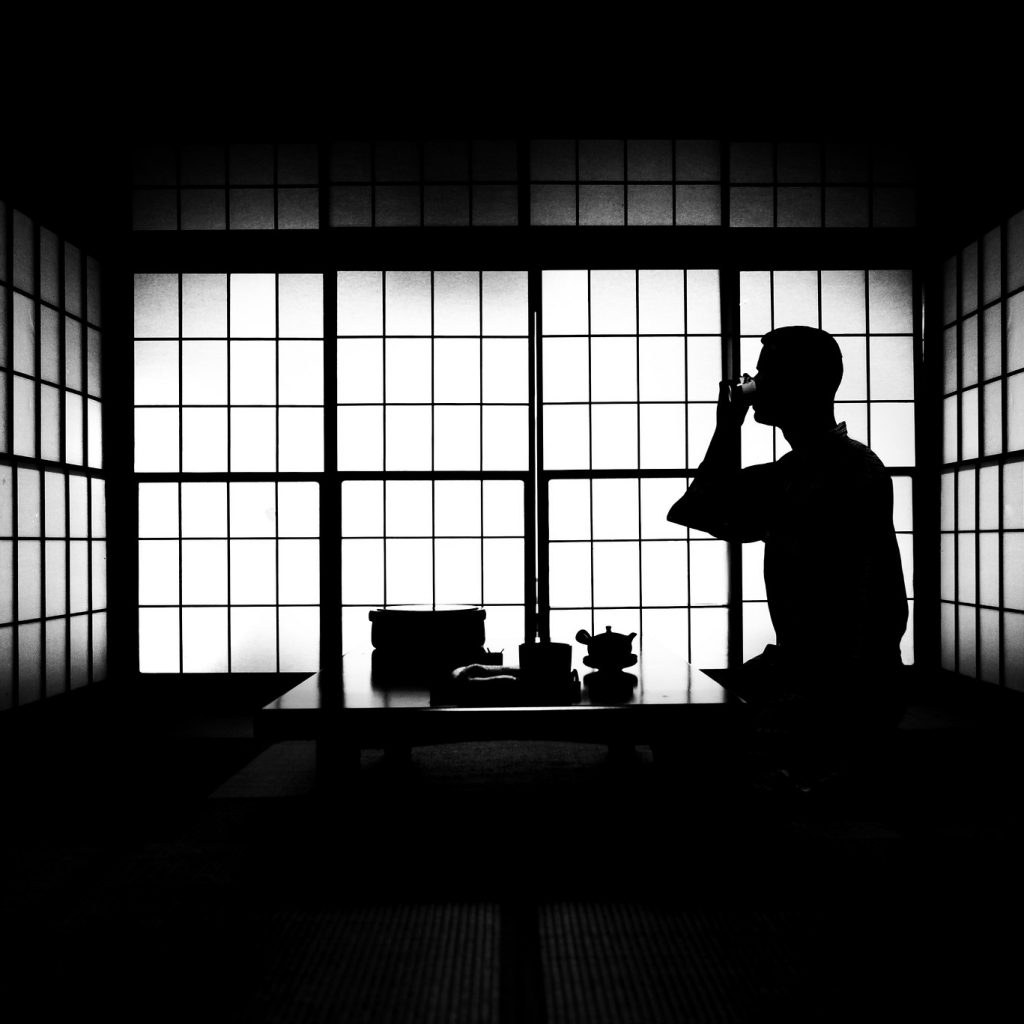
The Japanese tea ceremony is a timeless tradition steeped in Buddhist principles, originating in the 9th century when it was brought to Japan by Buddhist monks.
At the core of the ceremony lies the concepts of “Wabi” and “Sabi,” which embody the spiritual and material aspects of life, respectively.
“Wabi” symbolizes the spiritual and introspective aspects of human existence, while “Sabi” represents the appreciation of aging and imperfection. Understanding these concepts is considered an integral part of spiritual enlightenment in Buddhism.
This tea ceremony experience offers a unique insight into Japanese history and culture, as well as an opportunity to understand the significance of these spiritual ideals. You will receive hands-on instruction in the various steps of participating in the ceremony, including preparing and serving matcha tea.
You will have the opportunity to observe a demonstration and then practice making tea yourself, whether alone or with friends or family members.
Seasonal Cooking Class in an Old Historic Town
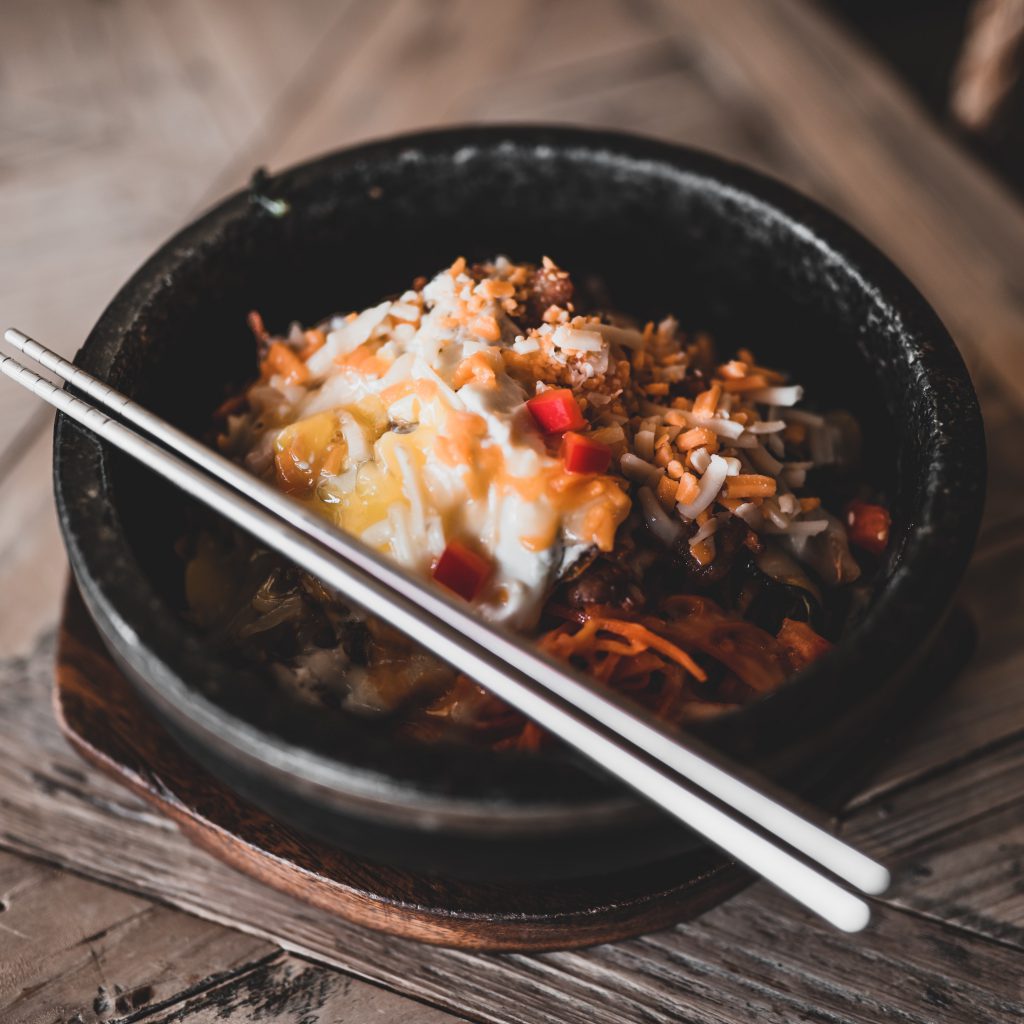
The influence of Buddhism and Shintoism can be seen in Japanese cuisine, which values the essence of nature and the change of seasons. The concept of “Shun” refers to the importance of using seasonal ingredients in their prime to achieve the best flavor and remain in harmony with nature.
With its varying climate, Japan offers an abundance of fresh ingredients year-round, from summer cucumbers to autumn mushrooms, winter oysters, and spring bamboo shoots, each enjoyed at their peak.
Join master chef Shuji in this cooking class as he shares his extensive knowledge and cultural insight, teaching you how to prepare authentic and delicious Japanese dishes with seasonal ingredients.
Shuji’s hands-on approach, coupled with easy-to-follow recipes, will empower you to recreate these wholesome meals in your own kitchen. Shuji will also be available throughout the workshop and dinner to answer any questions you may have.
Good Luck and Have Fun!
If you’re a foodie, you’ll definitely want to try the wide range of Japanese dishes from sushi to soba, tempura, and tonkatsu. These dishes offer a glimpse into Japan’s cultural heritage and culinary diversity while tasting heavenly. But the dishes aren’t isolated from the rich culture that surrounds them. By joining a food experience, you’ll get the chance to be a part of the story behind each dish, unlocking the secrets to their flavor and authenticity.


